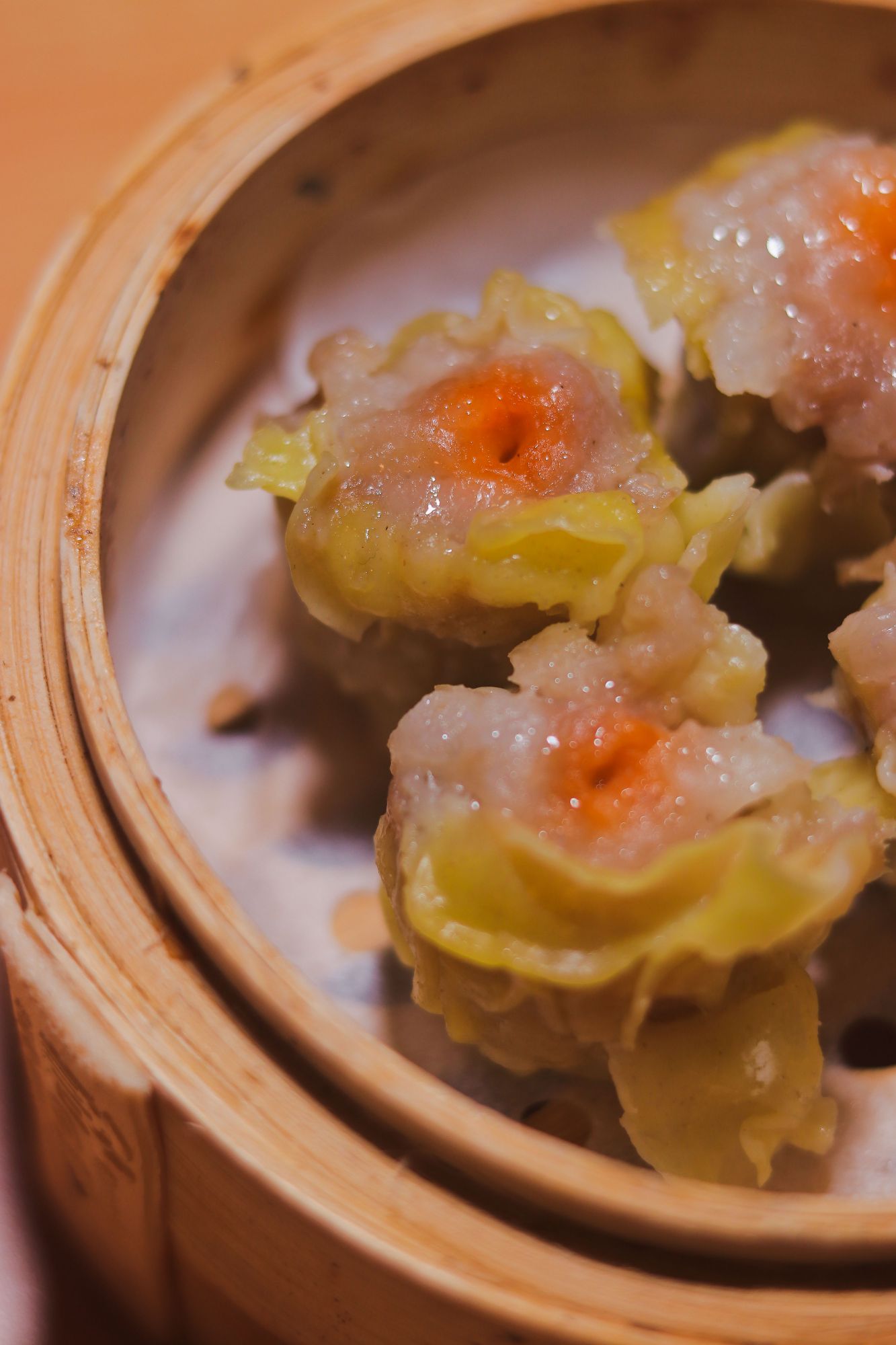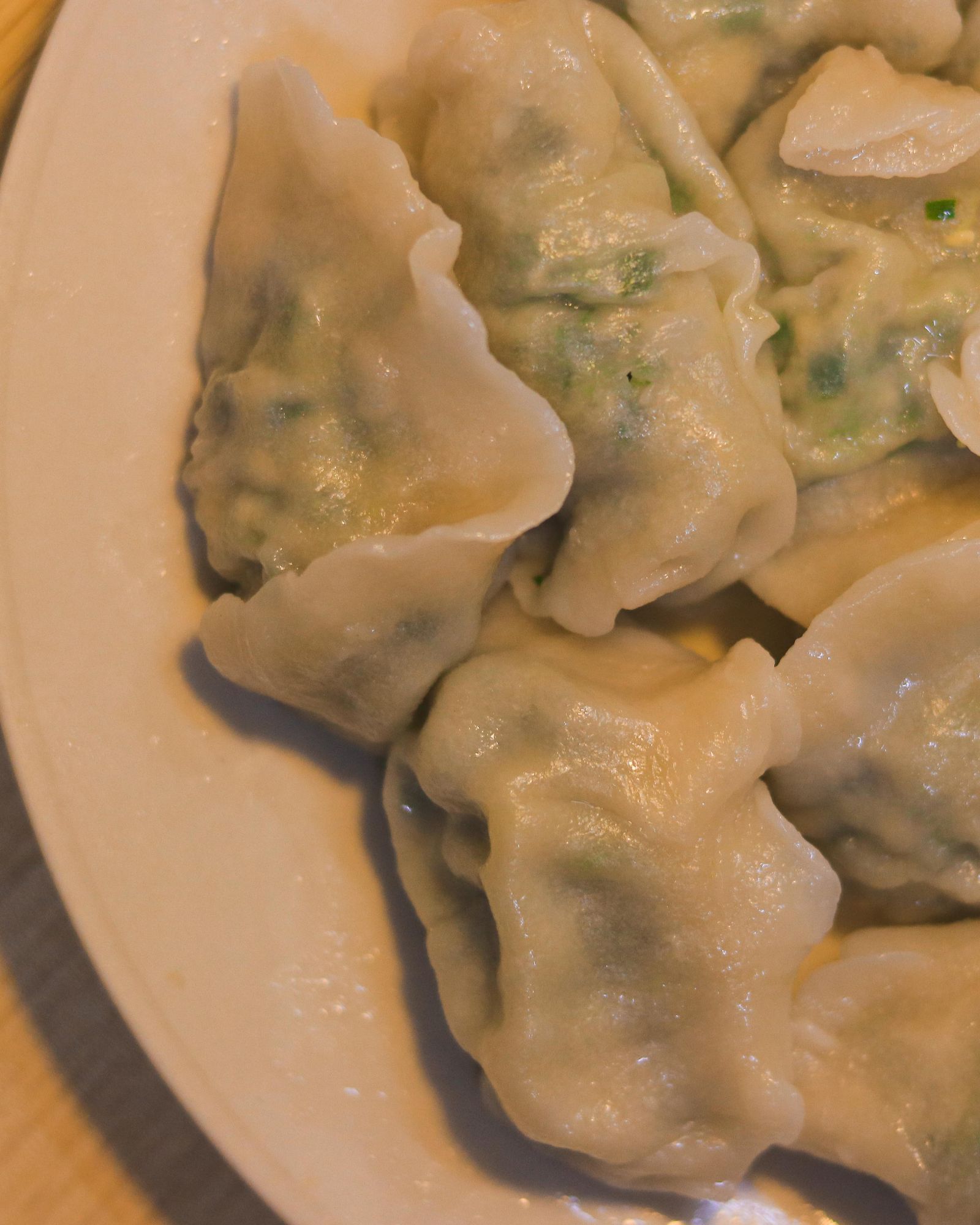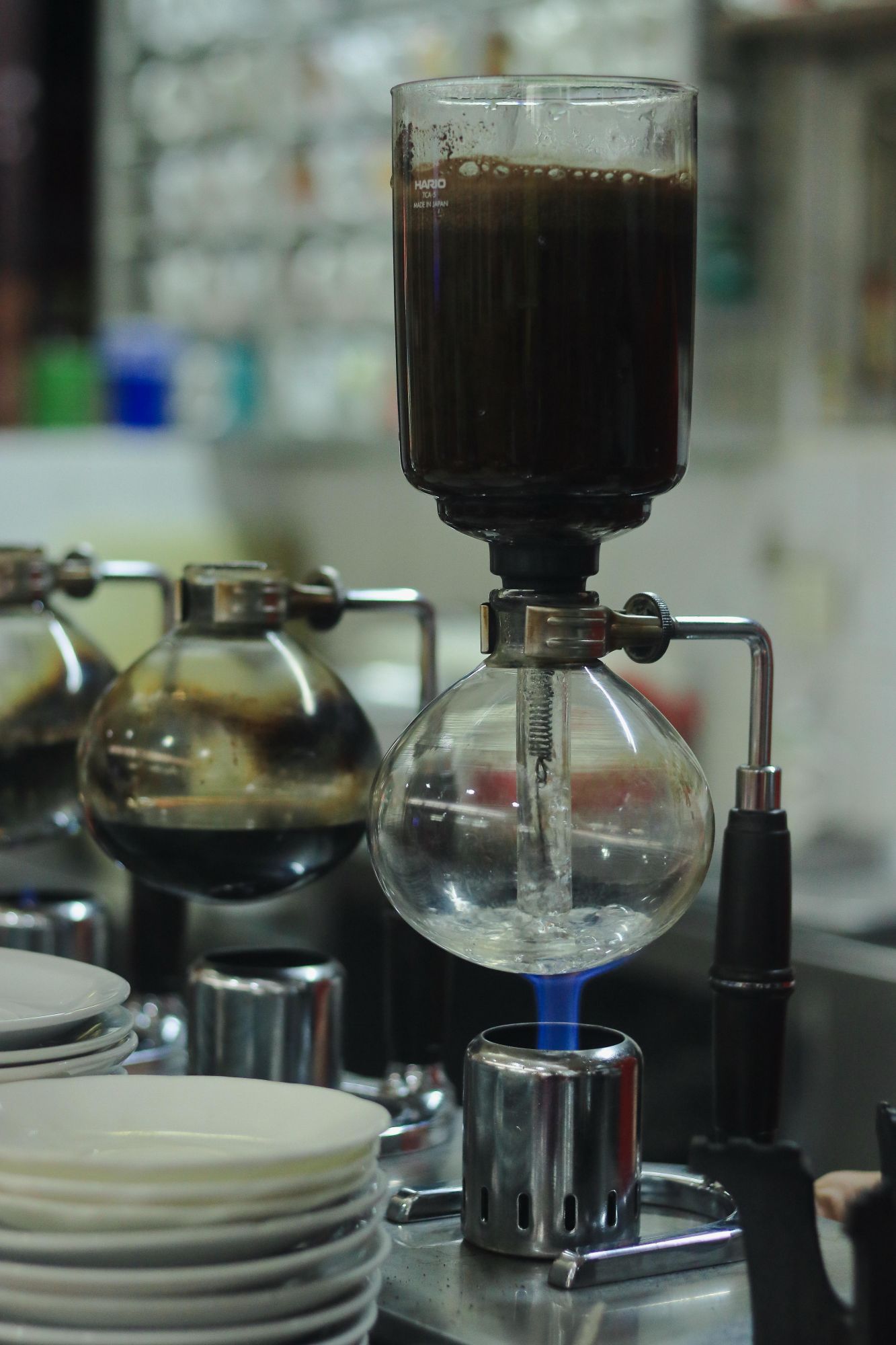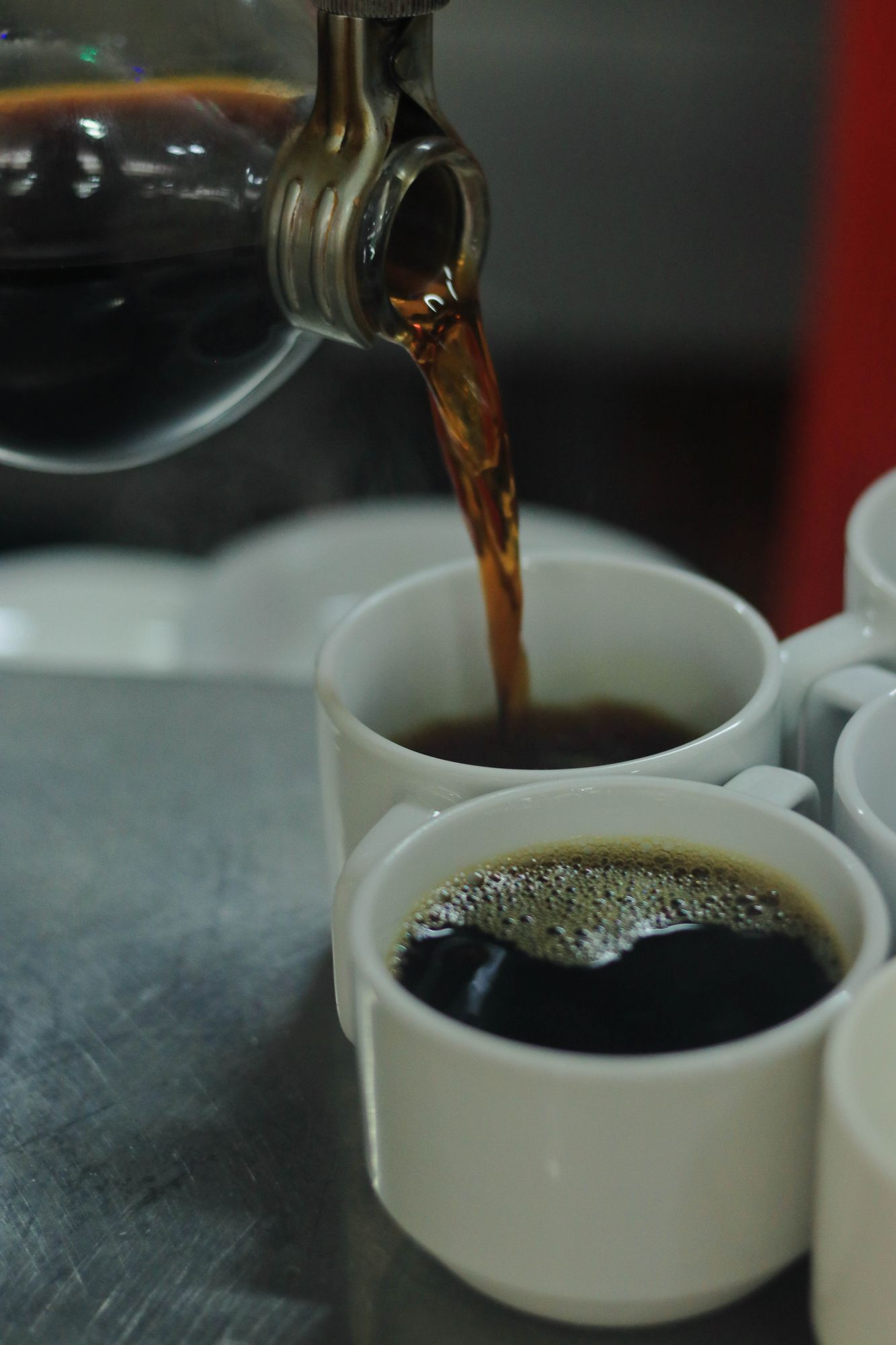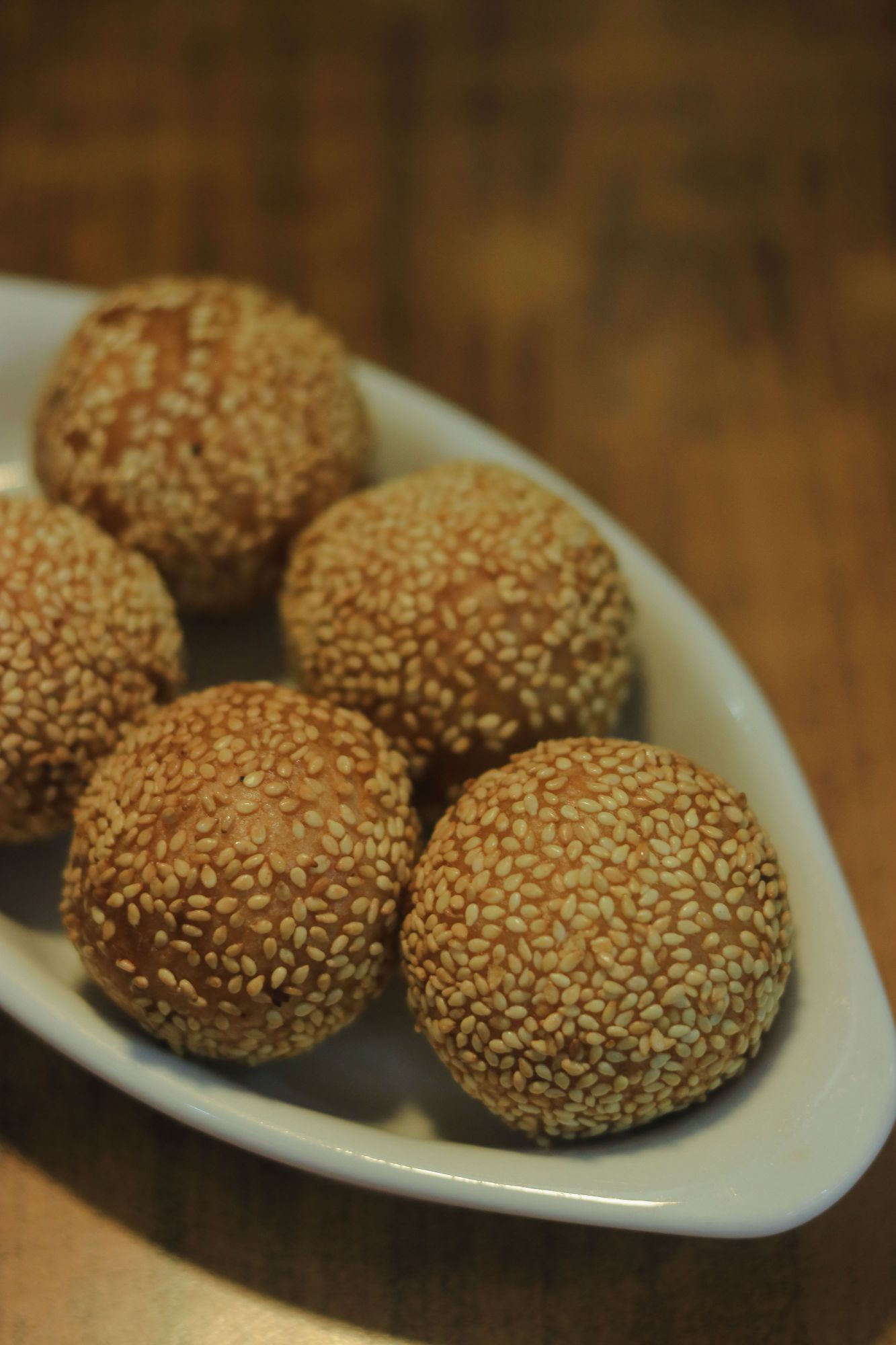Tatler goes on a gastronomic adventure in the world's oldest chinatown: Binondo, Manila. Behind its weary buildings and rustic streets lies dining destinations that have stood the test of time
Built in the 1590's, Binondo is said to have been conceptualised by the Spanish to segregate Chinese immigrant traders from Manila's elite society. Purposefully built near the walled city of Intramuros—the then-headquarters of Spaniards and home to affluent families of the time, Chinatown's location allowed soldiers to keep an eye to the growing number of Mainlanders as well as their businesses. Dominican Friars built the Binondo Church in 1596 for the growing number of converted Chinese Christians.
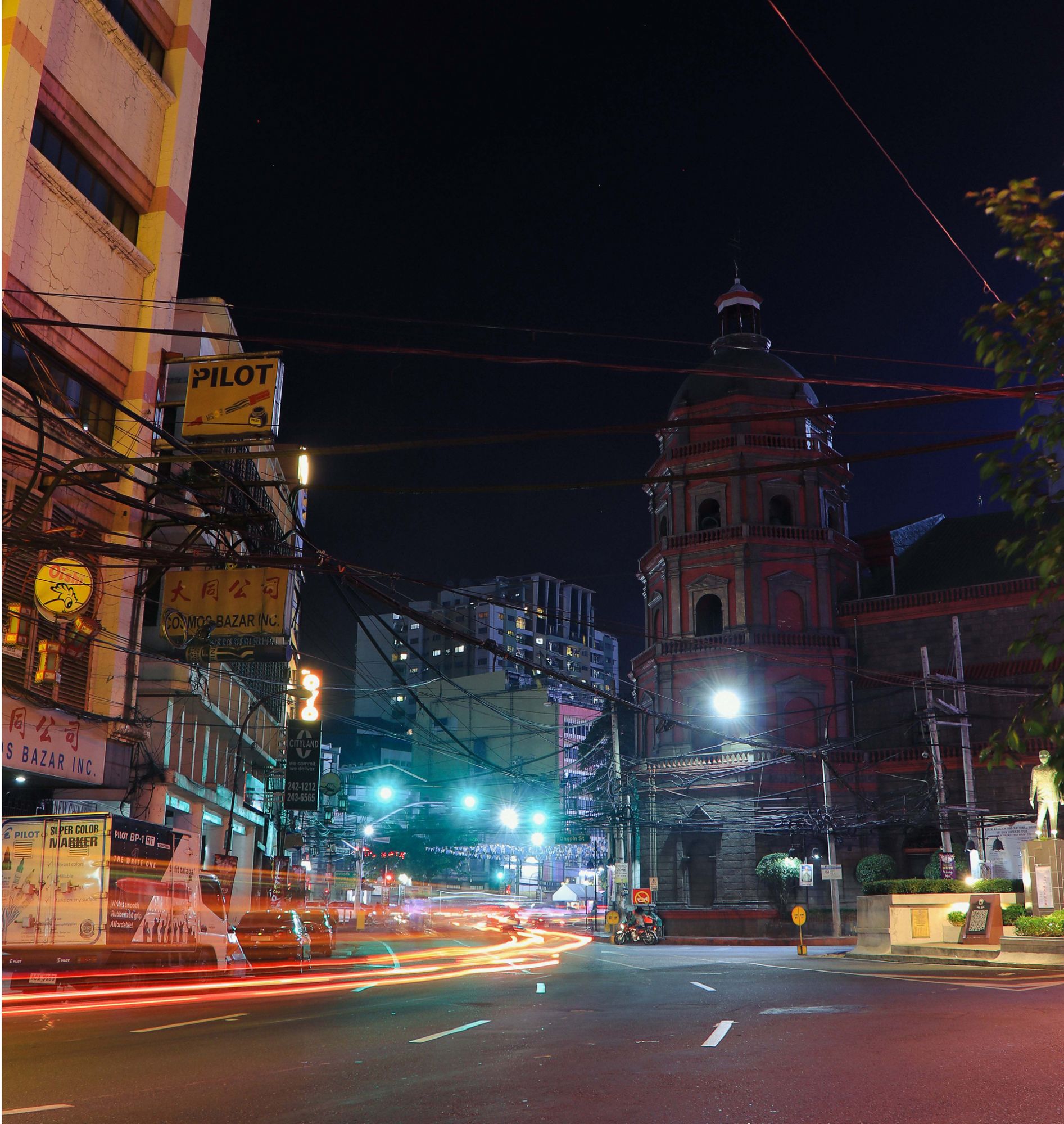
Through the years, the city grew. Before Makati, Ortigas, and Bonifacio Global city came to be, there was Binondo. Finance and trade were booming within the small town with banks opening on every block, as well as retail stores which sell a variety of goods from jewellery, ceramics, and even bells. Locals then started to integrate their culture through panciterias that catered to workers and students who are in dire need of filling meals that are both tasty and affordable.
But after the havoc that was brought by World War II, the once vibrant and bustling Chinatown stagnated. Much of the businesses left and relocated to the much newer, Ayala-led, Makati Business District.
With its buildings slowly in ruins, dust takes over every corner. But despite this, the food here only grows better, as if every tick of the clock continues to enrich every dish.
Read also: Neighbourhood Guide: Where To Drink And Dine In Ortigas Centre, Philippines This 2020



